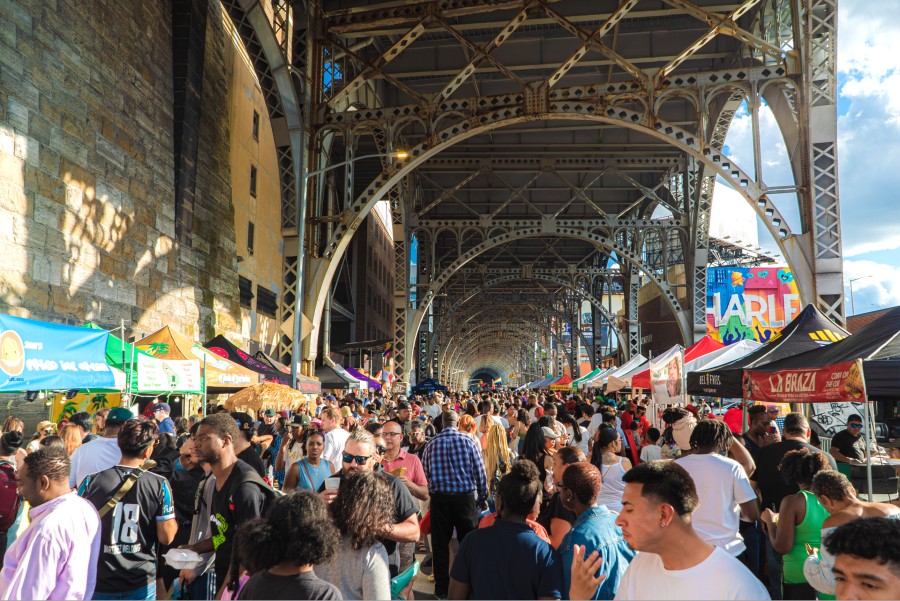 Adults who tested positive for COVID-19 were around twice as likely to have gone to a restaurant or bar in the two weeks prior to becoming ill, the Centers for Disease Control and Prevention (CDC) reported Thursday.
Adults who tested positive for COVID-19 were around twice as likely to have gone to a restaurant or bar in the two weeks prior to becoming ill, the Centers for Disease Control and Prevention (CDC) reported Thursday.
The researchers said newly sick people who didn’t have any known contact with a person with COVID-19 were far more likely to have reported dining out in recent weeks.
The study concluded that situations “where mask use and social distancing are difficult to maintain, including going to places that offer on-site eating or drinking, might be important risk factors for acquiring COVID-19.”
Face mask use was common
Most of the study participants, both those with and without COVID-19, said they commonly wore a face mask. Seventy-one percent of people with COVID-19 said they always wore a mask when out in public and 74 percent of those without COVID-19 said the same.
But a major difference between the two groups was that people who tested positive were more likely to have reported dining at a restaurant, bar, or coffee shop in the two weeks before they became ill.
But a major difference between the two groups was that people who tested positive were more likely to have reported dining at a restaurant, bar, or coffee shop in the two weeks before they became ill.
“The bottom line is that many people don’t put their mask back on when they aren’t eating and drinking, and maybe engaged in conversation,” said Dr. Robert Glatter, an emergency medicine physician at Lenox Hill Hospital in New York City. “This very fact increases the risk of transmission, and is compounded by lack of enforcement by management at eating and drinking establishments.”
Glatter said the involvement of alcohol can also boost COVID-19 risk. Drinking “makes people move closer together, speak louder, thereby generating more aerosolized droplets that may contain infectious viral particles,” he said.
The study authors noted that a limitation of the study was that it was conducted on a relatively small group of participants (314 adults).
The study authors noted that a limitation of the study was that it was conducted on a relatively small group of participants (314 adults). The researchers said a larger study would help determine whether the same conclusion emerged out of a larger group of participants. The study also didn’t differentiate between indoor or outdoor restaurant dining as reported by Consumer Affairs.
“Reports of exposures in restaurants have been linked to air circulation. Direction, ventilation, and intensity of airflow might affect virus transmission, even if social distancing measures and mask use are implemented according to current guidance,” the researchers wrote.
“Masks cannot be effectively worn while eating and drinking, whereas shopping and numerous other indoor activities do not preclude mask use.”
“Masks cannot be effectively worn while eating and drinking, whereas shopping and numerous other indoor activities do not preclude mask use.”
Become a Harlem Insider!
By submitting this form, you are consenting to receive marketing emails from: . You can revoke your consent to receive emails at any time by using the SafeUnsubscribe® link, found at the bottom of every email. Emails are serviced by Constant Contact








